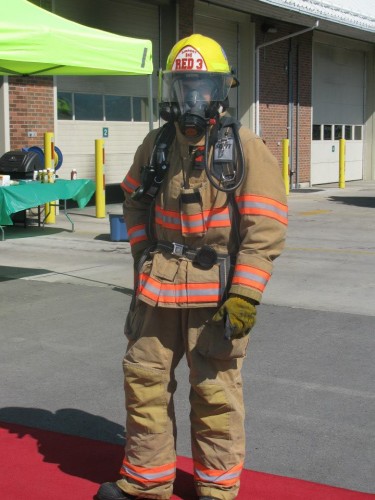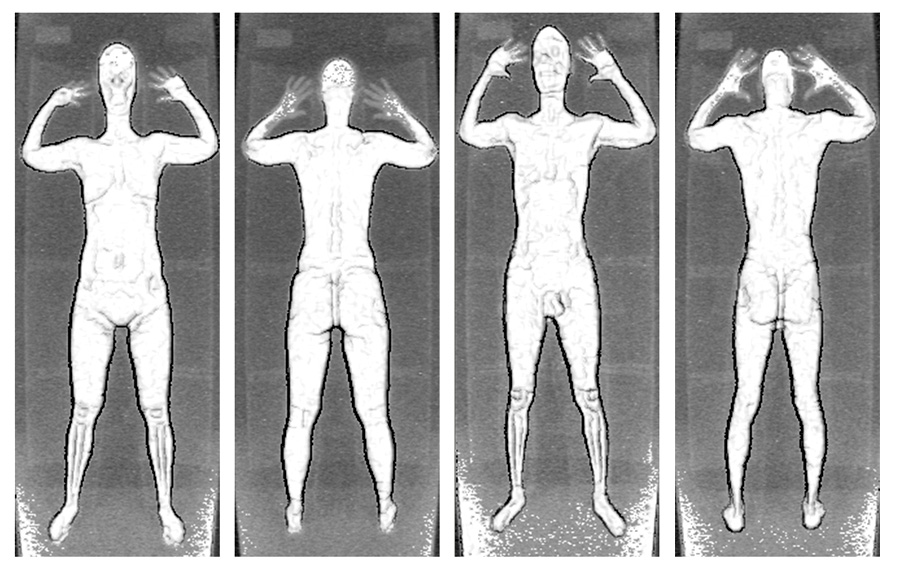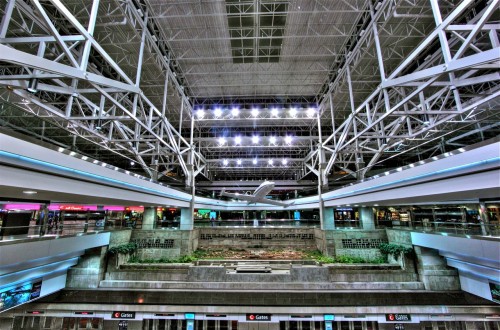(This is a slightly updated version of my story about the Trump Slump in Travel that appeared on NBC)
Is an unwelcoming political climate really creating a “Trump Slump” in the annual $250 billion international inbound business and leisure travel industry in the United States?
“Yes,” “No,” and “Maybe So,” say travel industry experts and number crunchers who point to a variety of hard and soft data points to measure the travel impact of initiatives such as President Donald Trump’s efforts to impose a travel ban barring inbound travelers from some predominantly Muslim countries and the recent ban on electronic devices in the airline cabins of U.S.-bound airplanes from certain countries.
On the up side, international visitors spent more than $20.8 billion on travel to, and on tourism-related activities within, the United States in January 2017, according to a recent report from the National Travel and Tourism Office.
That represents a one percent ($220 million) increase compared to 2016.
Looking back a bit longer, in the 60 days before Trump’s first travel ban was announced (November 29 to January 27, 2017) ForwardKeys, a company that analyzes air travel bookings, found international bookings for visits into the U.S. increased 2.2 percent in comparison to the same period last year.
But right after Trump issued the first travel ban, search engines such as Hopper saw a serious slip in flight searches into the U.S. and in the eight days following January 27 (the day the travel ban was first imposed) ForwardKeys saw international bookings to the U.S. fall by 6.5 percent.
Since then, there’s been a continued slow-down in U.S.-bound air travel bookings.
From January 28 to March 25, bookings were essentially flat, up just. 0.1 percent over the same period last year, according to ForwardKeys.
“When one bears in mind that as a general rule air travel grows consistently ahead of inflation, this is not a particularly encouraging statistic for the USA,” ForwardKeys CEO Oliver Jager told NBC.
The World Travel & Tourism Council agrees. Its data predicts that visitor exports, which is money spent by foreign visitors in the country, will decrease by 0.6 percent in 2017.
Though also attributable to the strength of the U.S. dollar, the dip is predominantly due to “the negative sentiments of the U.S. as a destination created by some of the new policies of President Trump’s Administration,” said Helen Marano, WTTC’s Senior Vice President Government Affairs. “Already, there have been clear signs and data that international visitors are rethinking booking their holidays to the U.S.”
But in a Travel Trends Index report released Tuesday, the U.S. Travel Association said that international travel to the U.S. “defied growth expectations” and actually grew faster than domestic travel during February.
But the group warns of a drop-off in international travel going forward.
The February TTI data — which factors in trips that involve a hotel stay and/or air travel — captures the first full month after President Trump’s first travel ban order was issued, but the U.S. Travel Association economists say that data fully doesn’t fully reflect the impact of the currently-on-hold ban’s impact on demand for international travel to the U.S.
“It’s important to remember that there’s a significant lag time between searches for international trips and when they’re actually taken — typically a matter of months,” said David Huether, the U.S. Travel Association’s senior vice president for research.
“There’s a lot of data out there purporting to show a drop in international travel to the U.S. because of President Trump’s executive order,” said Huether, but “the reality is we do not have a definitive data picture of the order’s impact yet.”
While we wait to get more data and find out whether or not the Trump administration’s travel ban go into effect, “the United States has already sent a message to the global community,” said Ian Jeffries, Vice President, Group Director at public relations and marketing firm Edelman, “We are counseling clients that there is an opportunity for the travel industry to lead and roll out the welcome mat. Tourism business leaders have the responsibility to let the world know that their cities, their hotels, their attractions are still open for business – – and that all travelers are welcome.”






